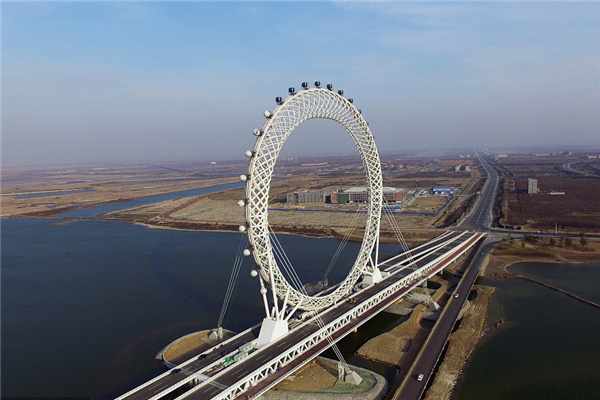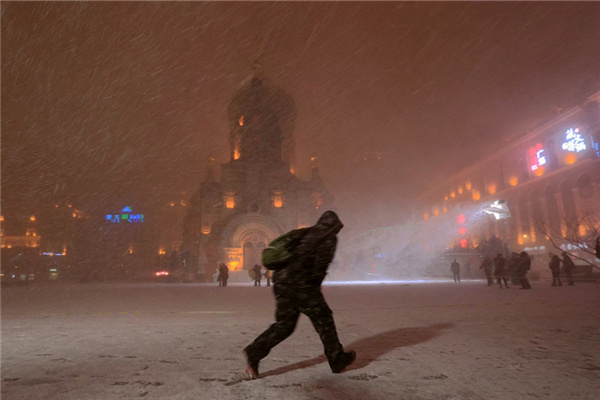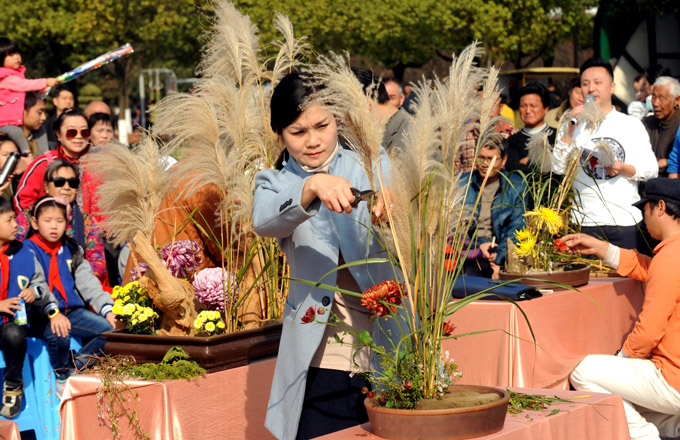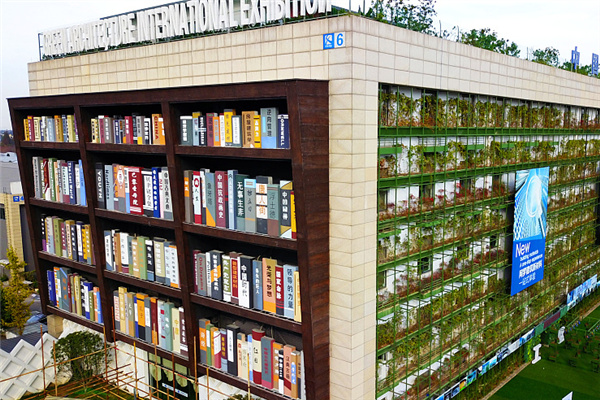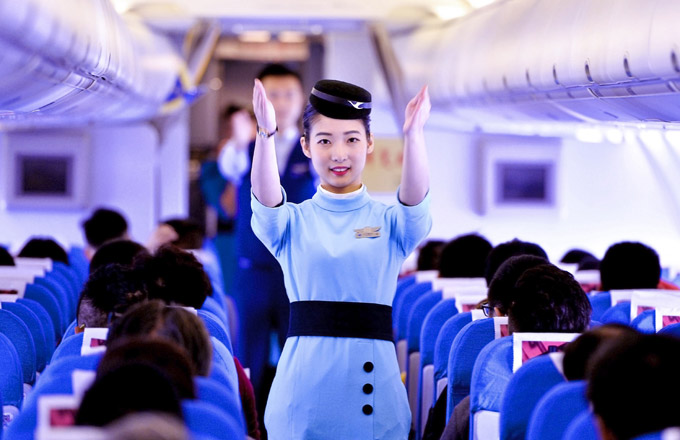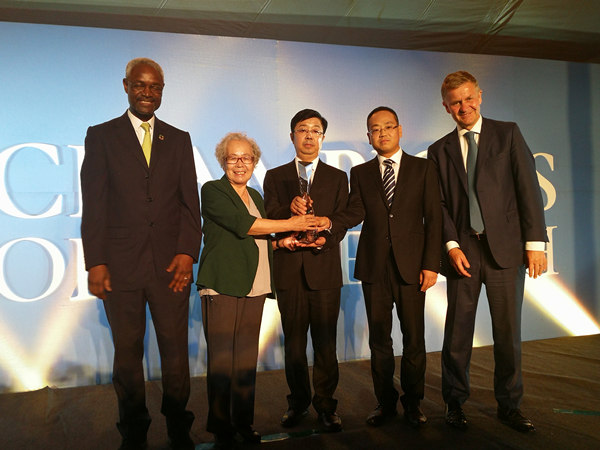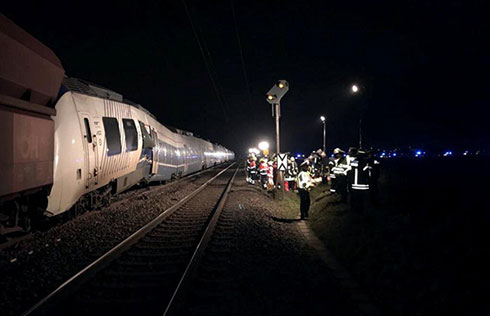

SHANGHAI: The road to win Chinese consumers' hearts appears bumpy for The Hershey Company (Hershey's), the largest chocolate maker in North America, even though it has been in the country more than a decade.
The Pennsylvania-based company, which had $5.1 billion in worldwide net sales in 2008, is dominant in the US but has failed to eat into the Chinese market share of its biggest rival, Mars Inc, over the last 10 years.
According to figures from research firm Euromonitor International, Hershey's was the eighth largest chocolate maker in China in terms of retail value, in 2005-07. The company made 60.4 million yuan in sales in the country in 2007. Mars was the largest chocolate maker in the country over the same period and raked in 824.1 million yuan in 2007.
The confectionary firm's market share in China was 0.9 percent, far behind Mars' 12.8 percent in 2007, according to Euromonitor.
"Unlike most top foreign chocolate brands, Hershey's has long struggled for market share in China due to its insufficient distribution network and relatively undiversified product line," said Cai Yuchen, senior manager of the consumption goods department of management consulting firm AT Kearney.
But Hershey's can't afford to ignore the Chinese market, which hasn't melted as much, or as quickly, as overseas ones during the global economic downturn.
|
Hershey's ranked eighth in the Chinese chocolate market in terms of retail value in 2005-07. CFP |
"The growth rate of all consumer goods sales dropped in the recession. The food and beverage category, which includes the chocolate industry, has fallen 6 percent so far across the country. But the decline is small compared to the sales decrease overseas," Cai said.
According to a report released by China Food Industry Net, annual per capita consumption of chocolate was around 40 to 70 grams in China last year, compared to 8 kilograms in Europe and North America.
"The Chinese chocolate confectionary market has big potential; the country has a large population and its current chocolate consumption rate is low," the report said.
The sales volume of chocolate in China was 37.2 million kg in 2008, up 5.6 percent from the previous year and sales revenue jumped 18.5 percent from 2007, to 4.1 billion yuan in 2008, according to figures from marketing research firm Nielsen.
Some industry insiders expect the chocolate confectionery industry's growth to continue slowing following its dynamic increase during past several years.
But Euromonitor forecasts the sweets business will remain strong, predicting a 7 percent increase over the coming few years.
"Growth will be maintained by international firms continuing to build up their already-strong share in urban markets," said Euromonitor.
Hershey's could cash in if the forecast proves accurate, since its growth, although small, has been robust since the company re-tooled its marketing strategies in 2006, according to Cai.
Hershey's began paying increasing attention to Asian markets around that time, according to the company's annual earnings reports and Euromonitor.
"We expect future net sales growth to be concentrated primarily in emerging markets in Asia, particularly India and China," the company said.
Hershey's derived 14.4 percent of its net sales from outside the US in 2008, up 0.6 percent from 2007 and up 3.5 percent from 2006, according to the company's earnings reports.
The chocolate maker spent $39 million in 2007 on a 44 percent interest in a joint venture with South Korea's biggest ice-cream maker, Lotte Confectionary Co Ltd, to produce Hershey's and Lotte products for the Chinese market.
The confectionary giant opened its Shanghai Chocolate World in 2008, which sells over 200 kinds of (mostly imported) chocolate. It is the first such shop in Asia.
According to Hershey's, around 50,000 people pass through the flagship store each hour.
"My boyfriend and I use this place as our meeting point and I buy stuff here almost every time," said a 25-year-old nurse surnamed Xu, who was shopping in the store.
"We haven't stopped promotion activities since last October and have seen our sales in the supermarkets and at the store balloon after the two-floor Chocolate World opened last September," said retail supervisor Mark Ma.
"East China and Shanghai is one of Hershey's key markets in China and Chocolate World undoubtedly helps boost brand recognition. But I doubt the store has any impact on Hershey's sales outside the city," said AT Kearney's Cai.
Affluent urban areas such as Shanghai are key to the chocolate market in China. Shanghai, Guangdong province, Jiangsu province and Beijing account for some 75 percent of all chocolate sales in the country, said Cai.
Smaller cities and rural areas do not form a large part of China's chocolate market yet but have potential for big sales gains.
"As more international players enter China's chocolate confectionery sector, consumer acceptance of chocolate will increase rapidly," Euromonitor said.
(China Daily 05/04/2009 page8)


